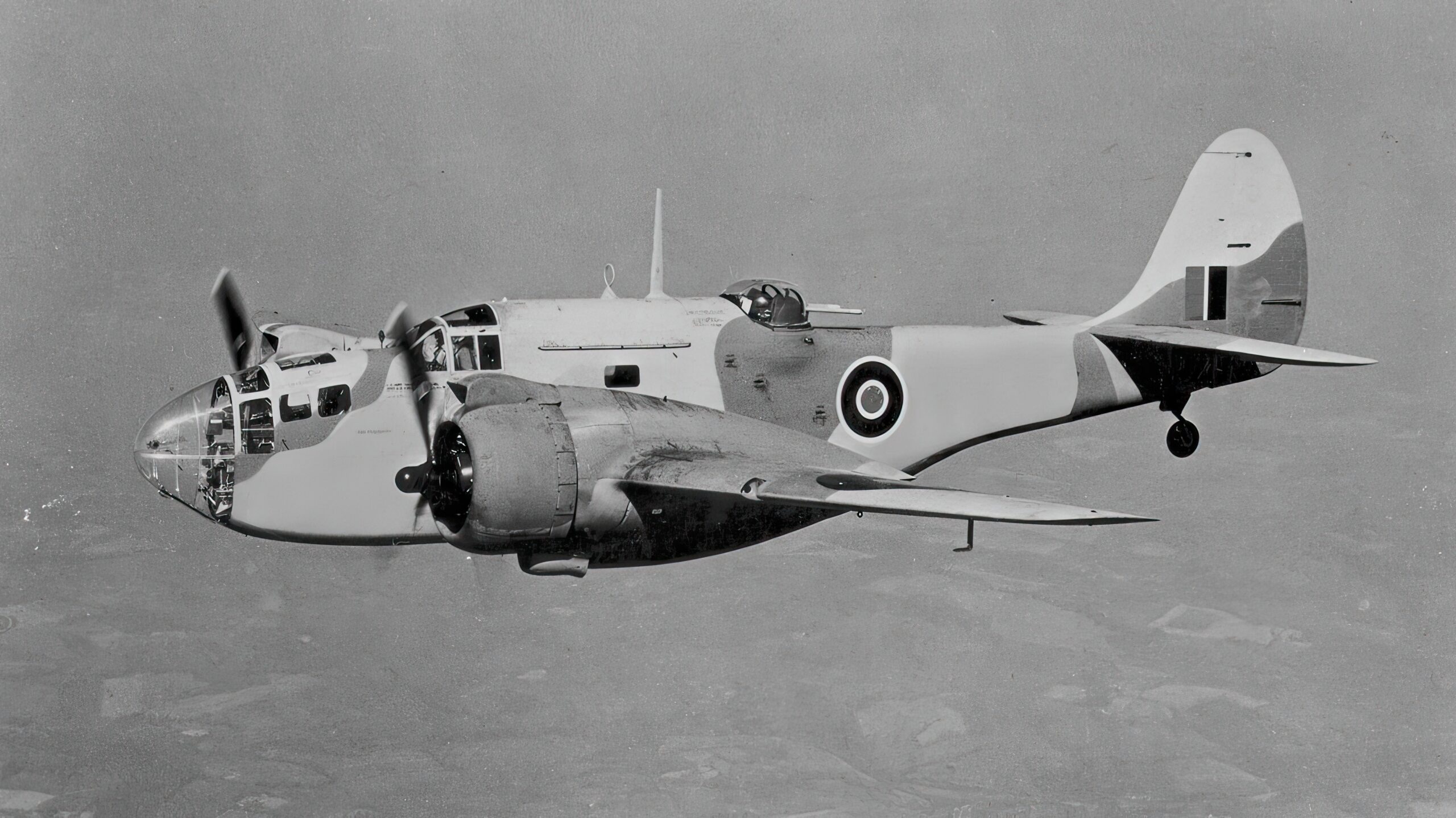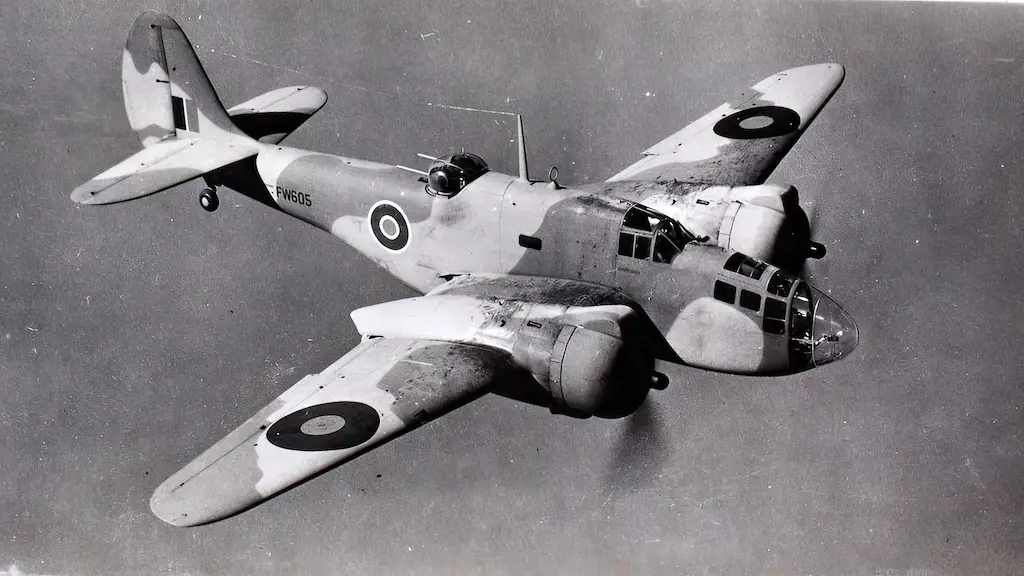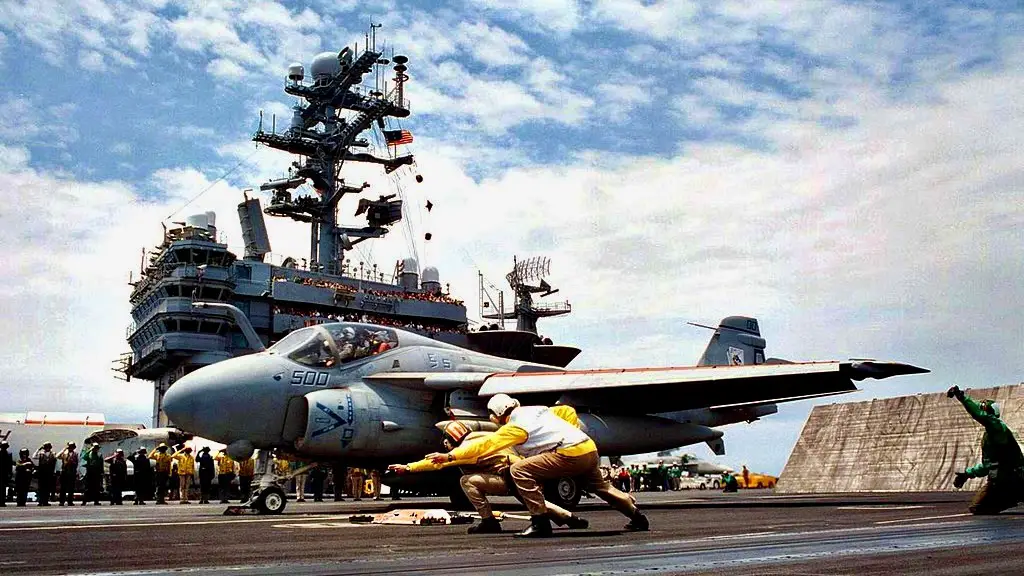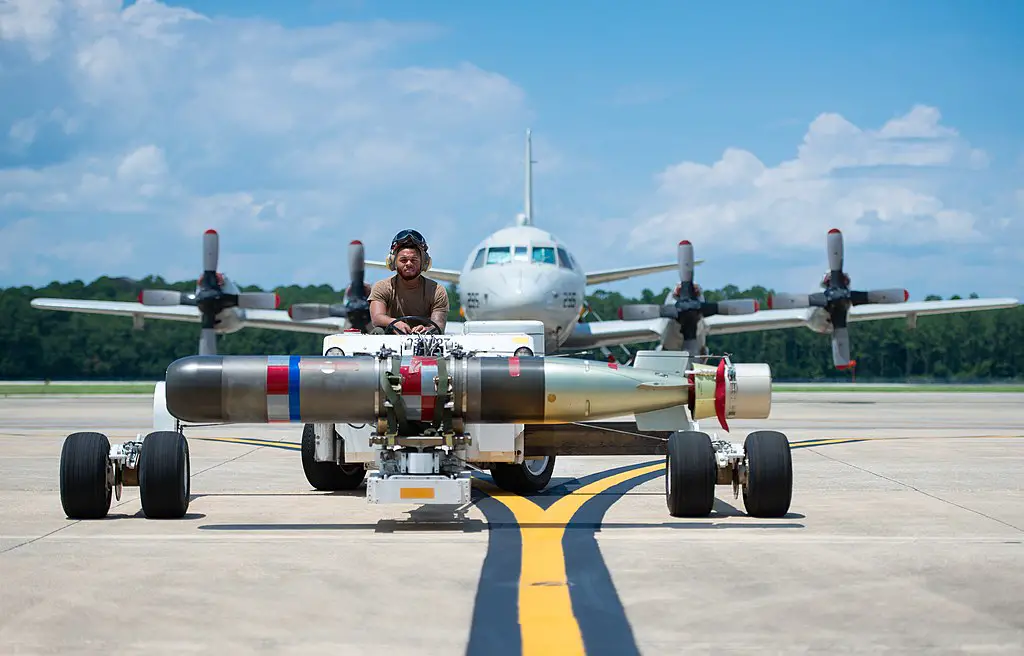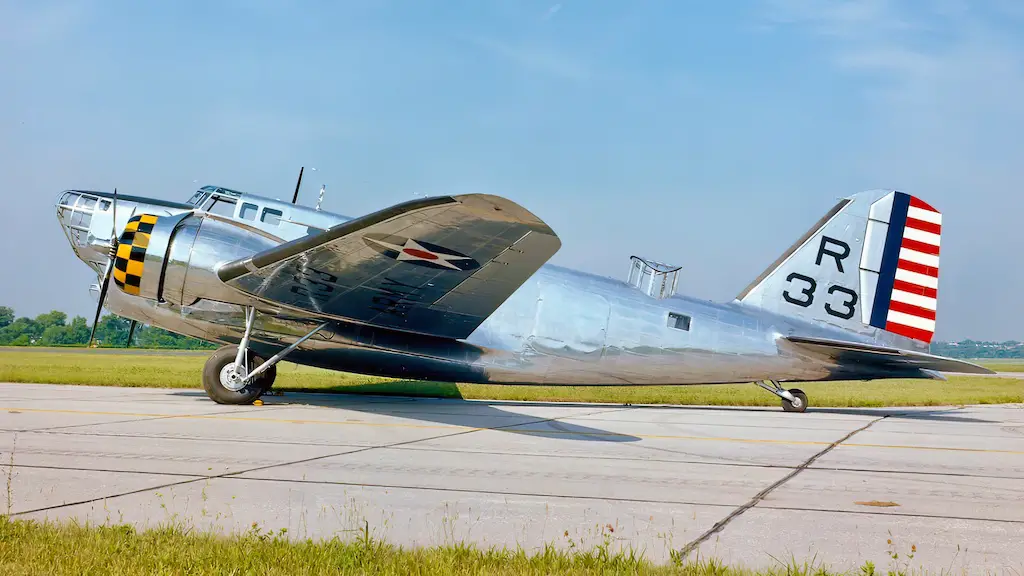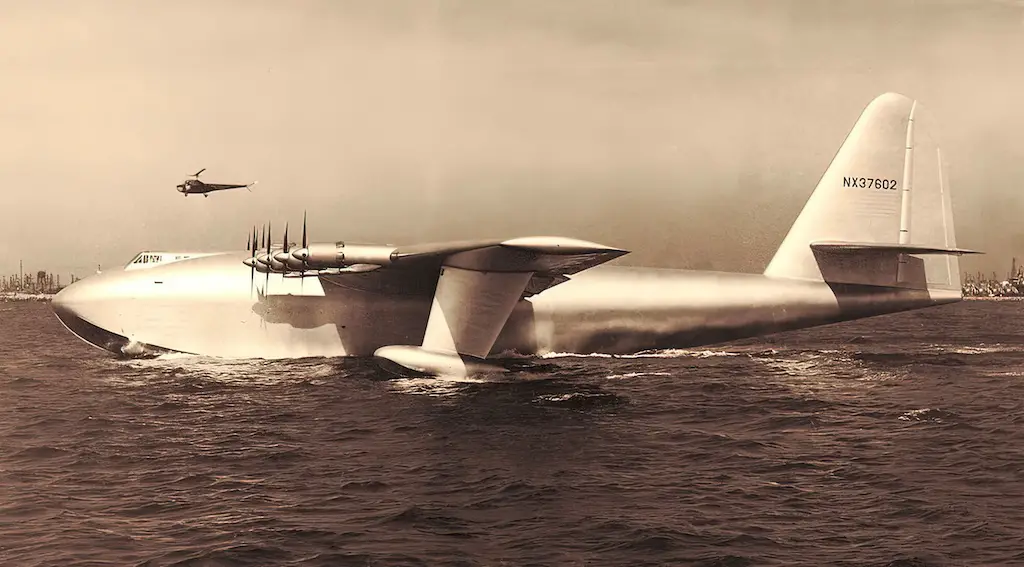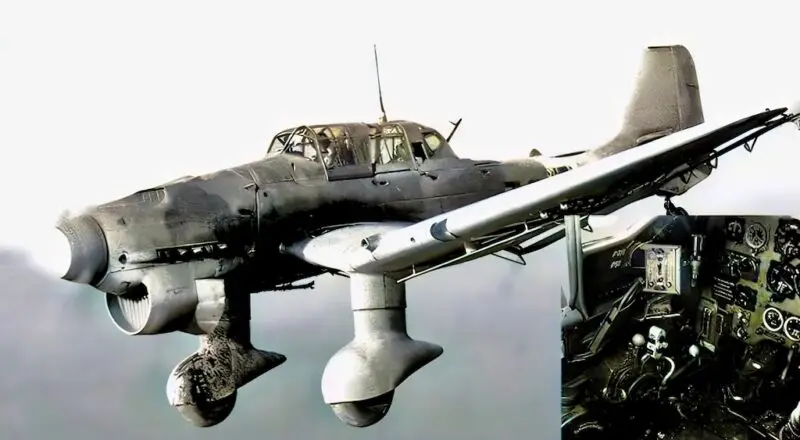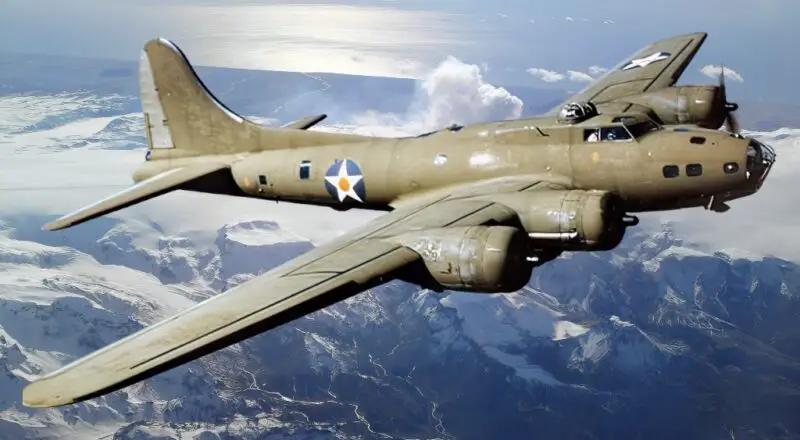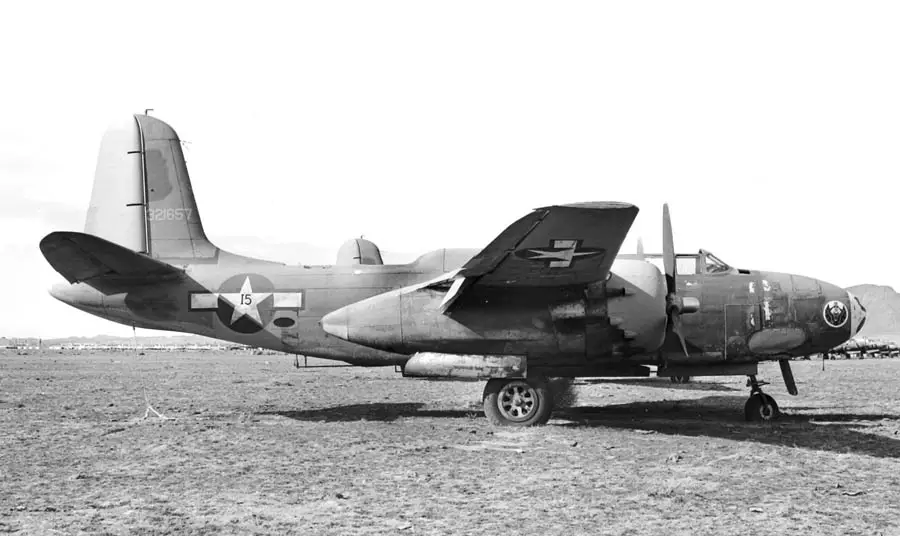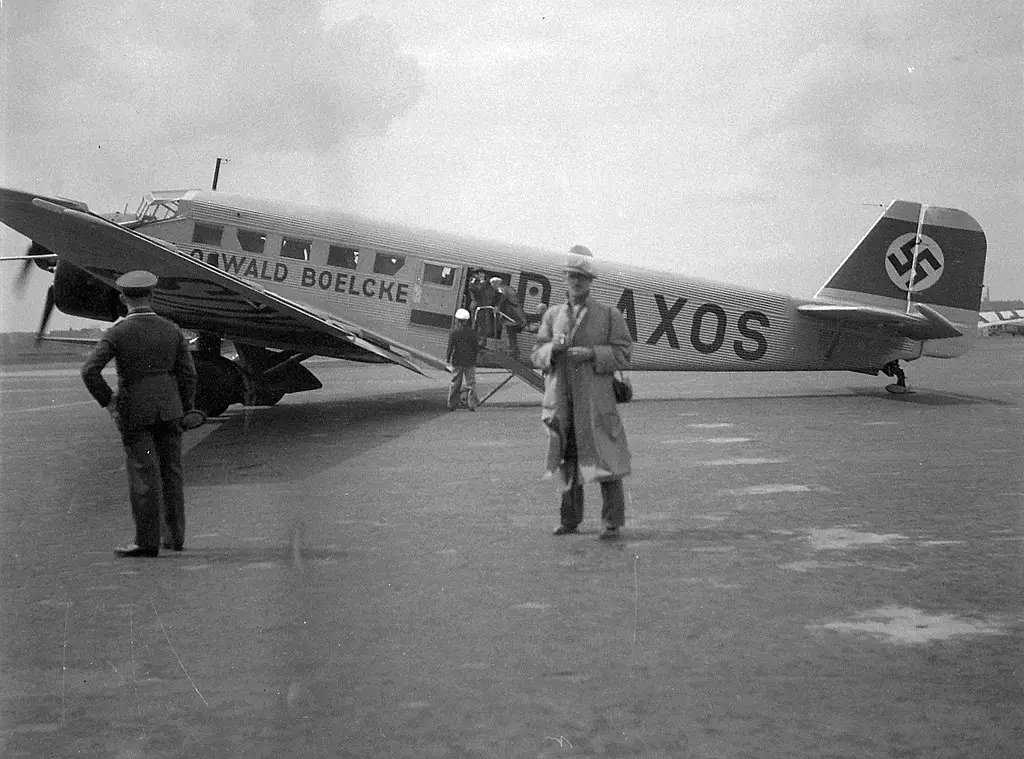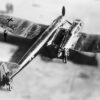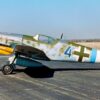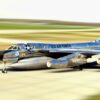The United States’ contribution to the Allied victory in WWII was not just in the American soldiers fighting on the beaches of Normandy and the jungles of Guadalcanal. The US was the largest producer of all sorts of military equipment, including airplanes, which it supplied not just to its own armed forces but also to all the friendly nations. In fact, some aircraft types, such as Bell P-63 Kingcobra saw little or no use with the US military and were manufactured primarily for export. The same was true for two of Glenn L. Martin Company’s wartime bombers: the Martin Model 167 Maryland and its further development Martin Model 187 Baltimore.
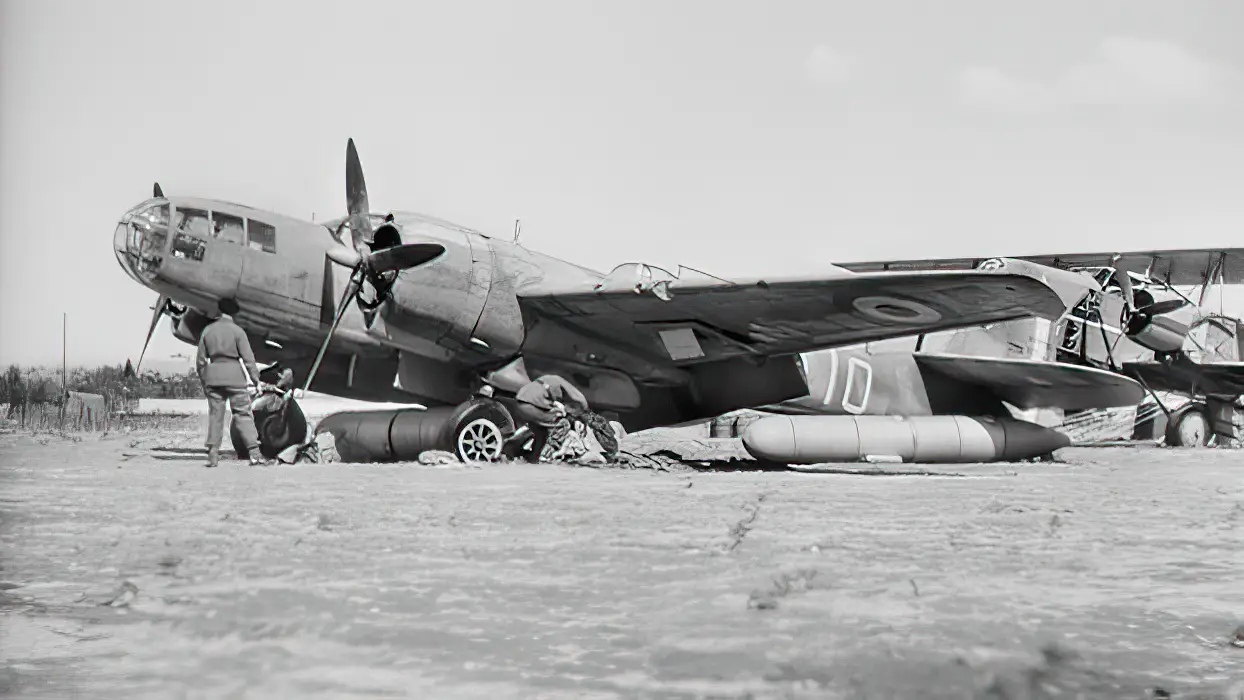
Maryland: a fast twin-engine bomber
The Maryland was designed by James McDonnell, who would soon found a great aircraft manufacturing company of his own. Powered by a pair of 1,050-hp Pratt & Whitney R-1830 “Twin Wasp” engines, it had a top speed of 304 mph and could carry 2,000 lb of bomb load internally. Alongside the two .303in Vickers K machine guns in the dorsal and ventral positions, the aircraft was armed by four fixed forward-firing .303in Browning Mk II machine guns placed in the wings. The aircraft’s most distinctive feature was its very narrow, fish-like fuselage. The Maryland prototype first flew in March 1939.
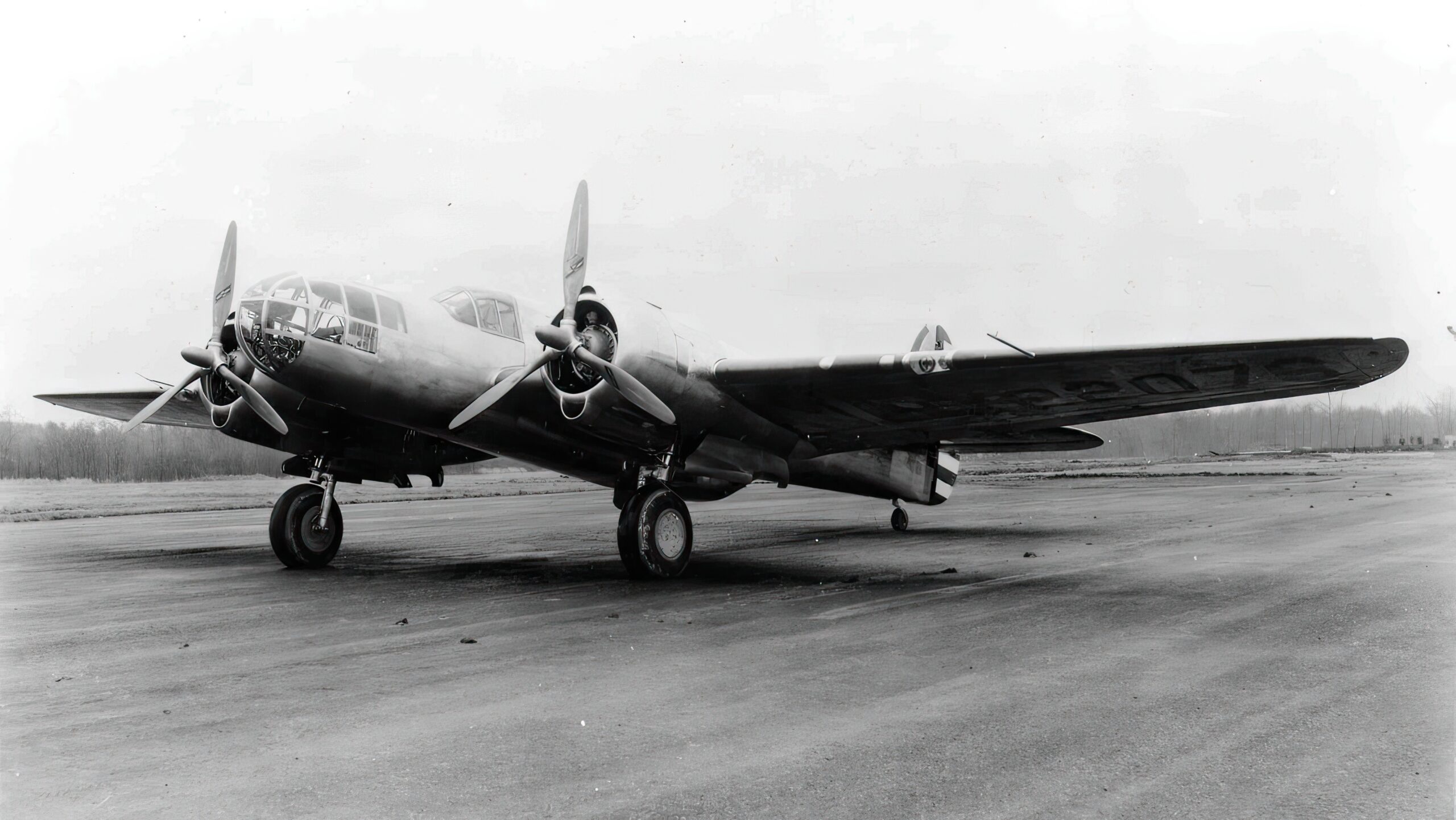
Havoc stays home, Maryland goes overseas
Despite the Model 167 being a nice airplane, Martin did not win the United States Army Air Corps (USAAC) medium bomber contract. It was awarded to Douglas Aircraft Company, which proceeded to build its A-20 Havoc bomber. However, Martin’s fine efforts didn’t go unnoticed and the bomber got some foreign customers interested. In particular, the French, who had by then recognized the need for boosting their air fleet amid German arms buildup.
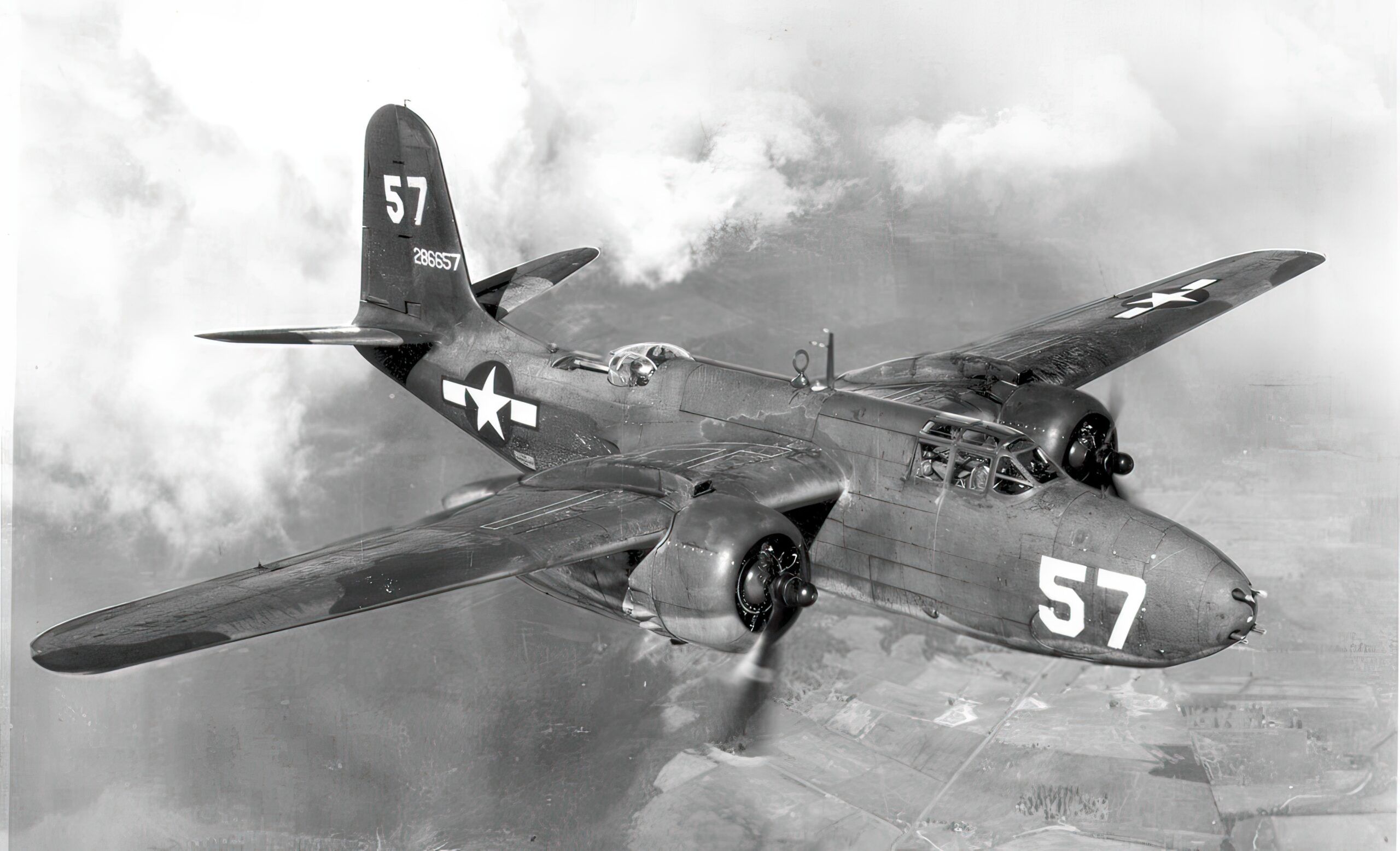
Maryland in the war
France made orders for hundreds of Maryland’s. In reality, though, just 140 of the 496 aircraft produced ever got into French hands. Some of those briefly saw action before France surrendered in June 1940. Later on, some were used against the Allies by Vichy forces in West Africa and the Middle East. A number of airframes also served with the Free French Forces until 1943.
The outstanding airframes, which had not been delivered to France, were transferred to the United Kingdom. Later, the British ordered more Marylands of a slightly improved variant with two-stage superchargers. The Royal Air Force and the Royal Navy employed them as light bombers, as well as in the long-range reconnaissance role and for target towing. Marylands also occasionally used their forward-firing guns taking on the fighter role against German Junkers Ju 52 transports. Maryland bombers saw especially intensive action in the Mediterranean and South Africa. They were used in the preparation of the air raid on Taranto in November 1940 and in following the movements of Bismarck battleship in May 1941. The type also flew with the South African Air Force.
Baltimore: Maryland on steroids
The Model 187 Baltimore was essentially the Maryland’s improved version. It featured a longer and deeper fuselage, but most importantly it was powered by a pair of 1,700-hp Wright GR-2600-A5B engines. With more power, the Baltimore could carry more defensive armament. That increased the aircrafts combat survivability as compared to the Maryland, which was rather vulnerable to fighter attacks from behind. The new engines also gave the Baltimore a better rate of climb. The Baltimore’s production greatly exceeded that of its predecessor, reaching a total of 1,575 airframes.
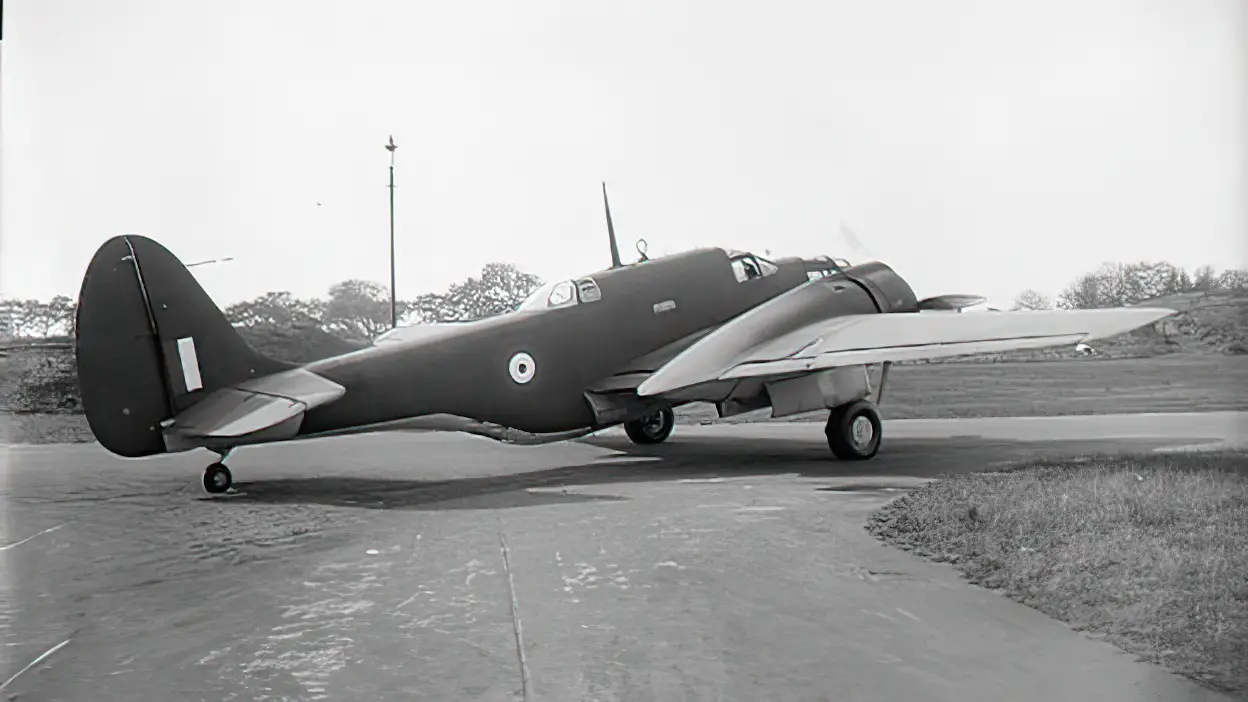
Baltimore: a desert warrior
All 400 Baltimore’s initially ordered by the RAF were deployed to Egypt, where they helped counter Erwin Rommel’s 1942 offensive. They were especially successful in the Battle of El Alamein in June of that year. Baltimore’s were known as very accurate bombers, capable of precisely delivering their load on the enemy positions situated just hundreds of yards from friendly troops. Baltimore’s were instrumental in disrupting German shipping in the Mediterranean, hunting enemy submarines and attacking Axis air bases on Crete and other islands. They also fought throughout the Italian campaign and later on flew missions over the Balkans.
By the end of the war, Baltimores were present in the fleets of virtually every Allied air force fighting in the Mediterranean: British, Australian, New Zealand, South African, Greek and Free French. From late 1943 onwards, it was also in the inventory of the Italian Co-Belligerent Air Force. At the closing stages of WWII, a number of Baltimores were supplied to Turkey. The last Baltimores served with the RAF in Kenya, where they were engaged in locust control and aerial mapping until 1948.
